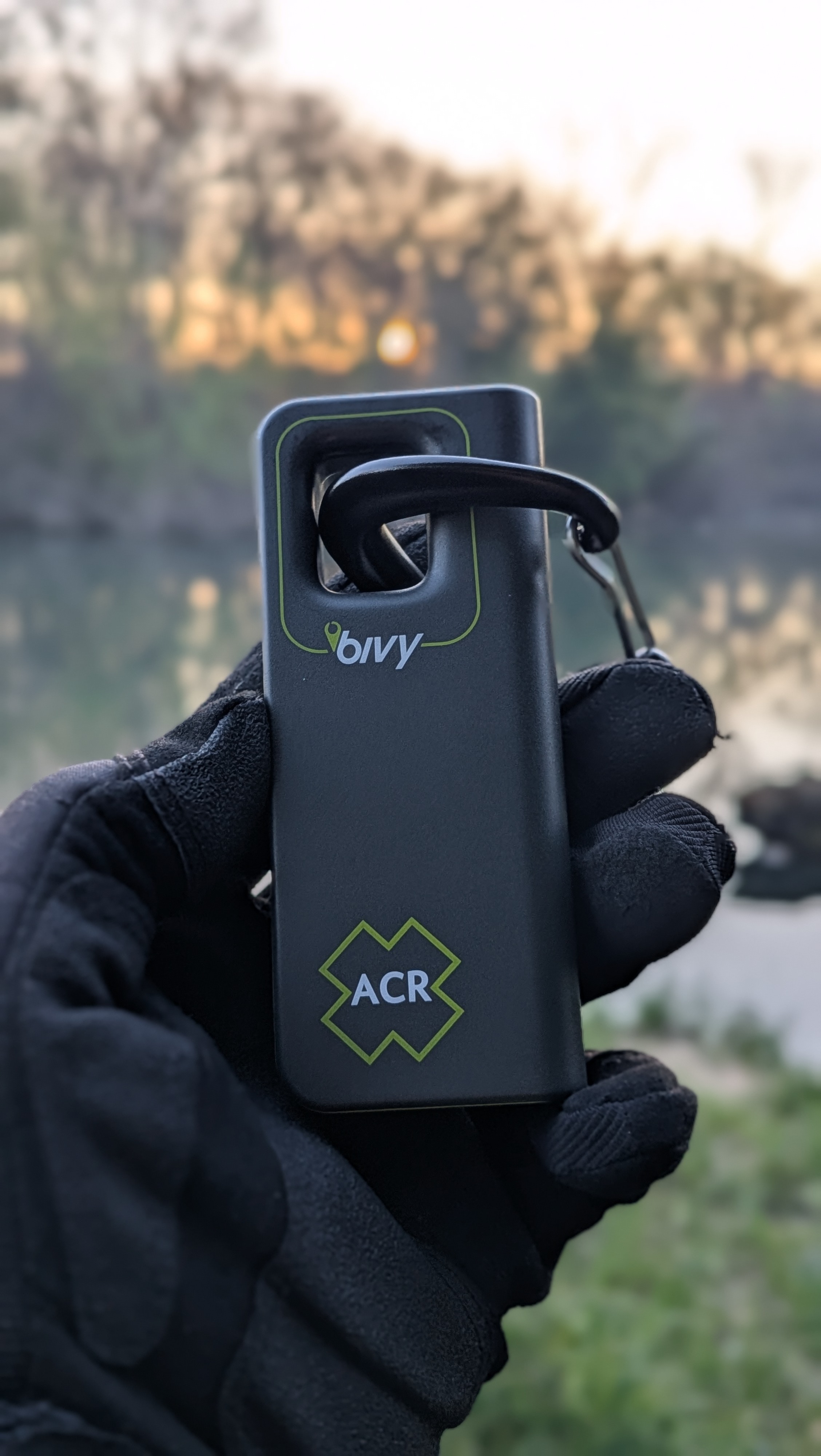ACR Bivy Stick Satellite Communication Device: A Comprehensive Review
The ACR Bivy Stick is a compact yet powerful satellite communication device designed for adventurers, outdoor enthusiasts, and professionals who require reliable connectivity in remote areas. Built with the reliability of the Iridium satellite network, the Bivy Stick provides global coverage, ensuring you stay connected no matter where your adventures take you. It stands out among similar devices due to its dedicated SMS phone number, which allows users to send and receive traditional text messages with ease. This feature alone sets it apart from many other satellite communicators that rely on proprietary messaging platforms.
One of the Bivy Stick's strongest points is its tri-network capability, which seamlessly transitions between cellular, Wi-Fi, and satellite networks depending on availability. This functionality not only saves satellite credits but also ensures you’re always connected. The device is also IPX7 waterproof, making it resilient in wet or rugged conditions. Whether you're hiking through a rainforest or braving unexpected downpours, the Bivy Stick is built to endure tough environments. Additionally, it offers multiple mounting options, allowing you to securely attach it to backpacks, vehicles, or other gear.
With a battery life of up to 120 hours depending on usage and tracking intervals, the Bivy Stick is ideal for extended trips. For those relying on GPS tracking, the device offers various intervals to suit different needs, from continuous tracking to periodic updates. The dedicated app pairs seamlessly with the device and features a user-friendly interface that is intuitive for both beginners and experienced users. The app includes helpful tools such as offline maps, GPS tracking, and the ability to save tracks for future reference.
A unique feature of the ACR Bivy Stick is the dedicated web URL for live tracking, allowing users to share their real-time location with friends, family, or team members. This is particularly useful for keeping loved ones informed about your progress on extended adventures. The familiar text messaging interface in the app makes it simple to stay connected with others. The app also includes a device-specific tab for managing satellite credits, letting users easily view their remaining balance and usage.
Another standout feature is the ability to create a custom check-in message, which can be sent to pre-selected contacts with just the press of a button. This is especially useful for letting others know you're safe during multi-day trips. Additionally, the SOS feature provides peace of mind, allowing users to summon help in emergencies through a reliable global rescue service. The weather function is another handy addition, providing essential forecasts to help plan outdoor activities effectively.
One feature I’m particularly excited about is group tracking, which enables multiple Bivy Stick users to share their locations in real time. While I haven’t had the chance to test this feature yet, it’s clear that it would be a game-changer for team adventures or family outings. As more of my family and teammates add the Bivy Stick to their adventure kits, I look forward to utilizing this functionality for enhanced coordination and safety.
Having used both the Zoleo and SpotX satellite communication devices in the past, I can confidently say that the Bivy Stick combines the best features of both. The Zoleo impressed me with its reliability and ease of use, while the SpotX offered a standalone keyboard for messaging. However, each device had its shortcomings, such as Zoleo’s lack of mapping features and SpotX’s reliance on the Globalstar network, which I found less reliable in dense forests.
The Bivy Stick, by contrast, leverages the Iridium network, which is widely regarded as the gold standard for satellite communication. During my usage, the Iridium-powered Bivy Stick achieved near 100% reliability, even in dense forests. This contrasts sharply with the SpotX, which only offered around 80% reliability under similar conditions. While the SpotX performed adequately in open areas, it often experienced significant delays in sending or receiving messages—a problem I haven’t encountered with the Bivy Stick.
Another area where the Bivy Stick excels is its integration of mapping features directly into the app. The app’s offline map functionality is invaluable for navigating areas without cellular service. It’s a feature that rivals some of the best GPS devices and adds significant value to the Bivy Stick as an all-in-one solution. Being able to plan, track, and share routes all within a single platform simplifies trip preparation and execution.
The Bivy Stick’s pricing plans are another advantage, with multiple options to suit different needs and budgets. Whether you’re a casual user or a frequent adventurer, there’s a plan that aligns with your usage patterns. This flexibility, combined with the device’s robust features, makes it an excellent value for its price.
When evaluating satellite communication devices, reliability is paramount. After testing the Bivy Stick extensively in various conditions, it has earned the top spot on my list of recommended devices. Its combination of durability, advanced features, and ease of use makes it ideal for anyone venturing into remote areas.
Whether you're looking for a device for personal safety, team coordination, or extended adventures, the ACR Bivy Stick is a standout choice. Its ability to integrate the best features of its competitors, combined with the reliability of the Iridium network, sets it apart in the market. For adventurers, outdoor professionals, and families seeking peace of mind, the Bivy Stick delivers on all fronts.

